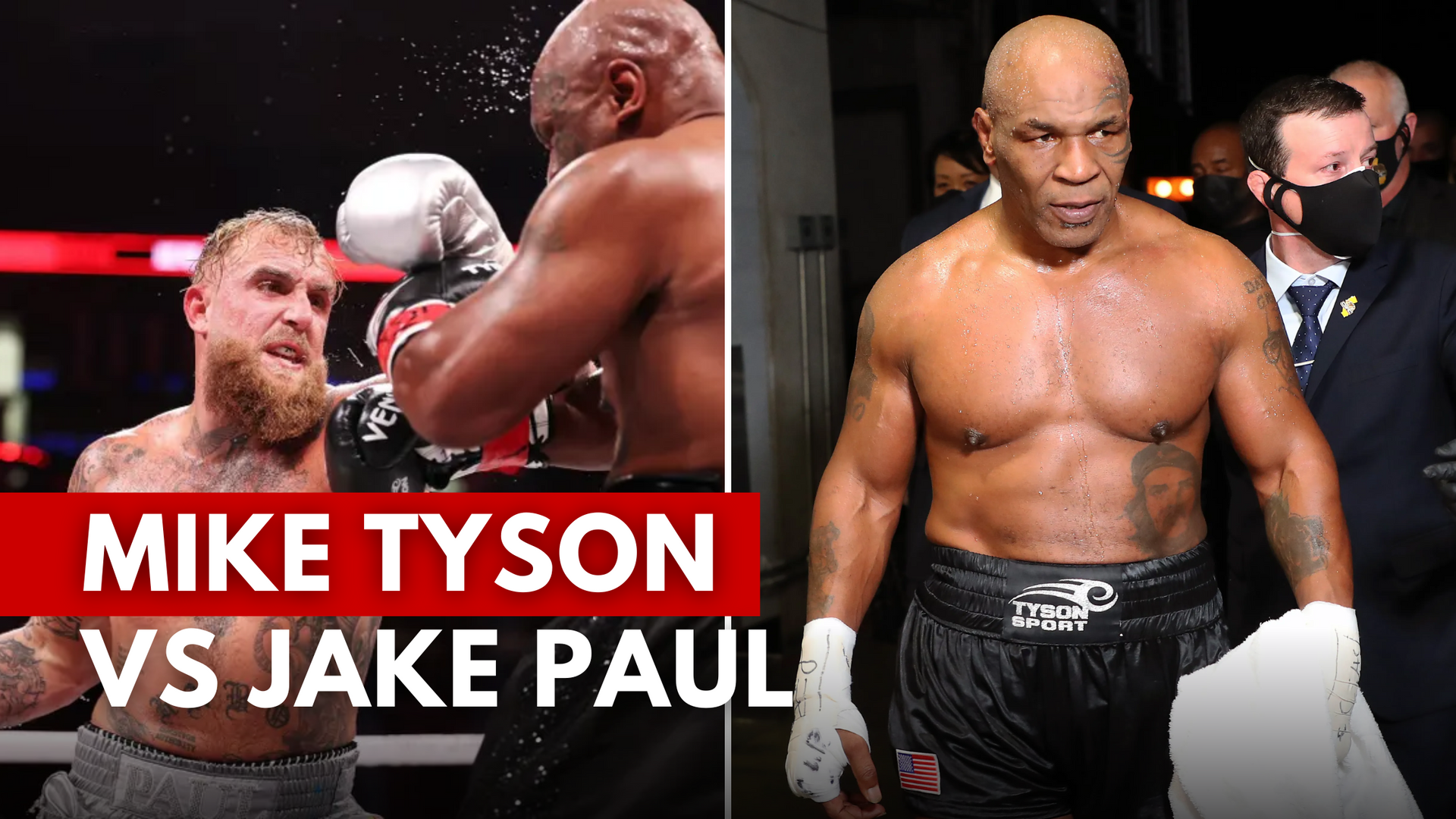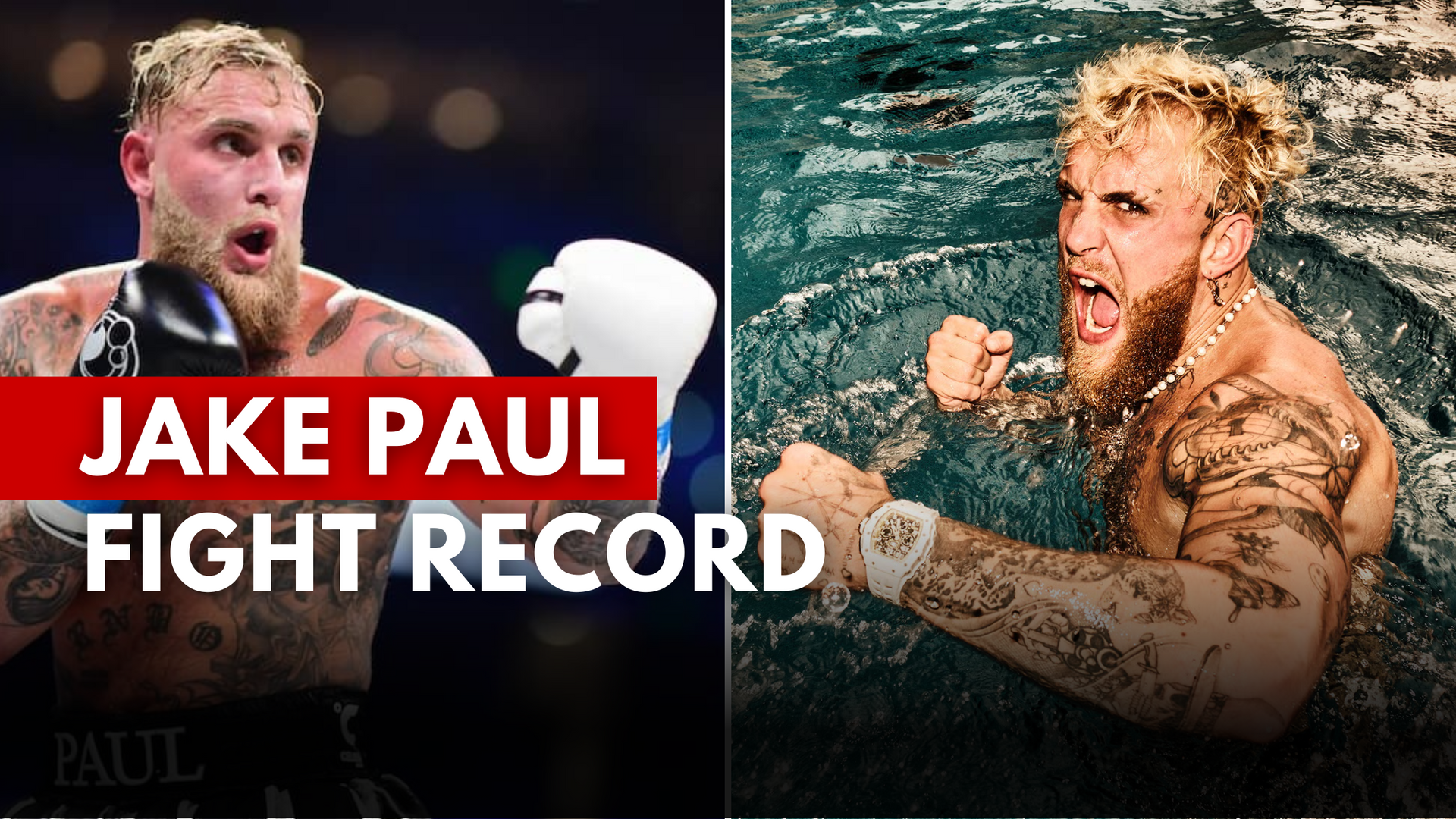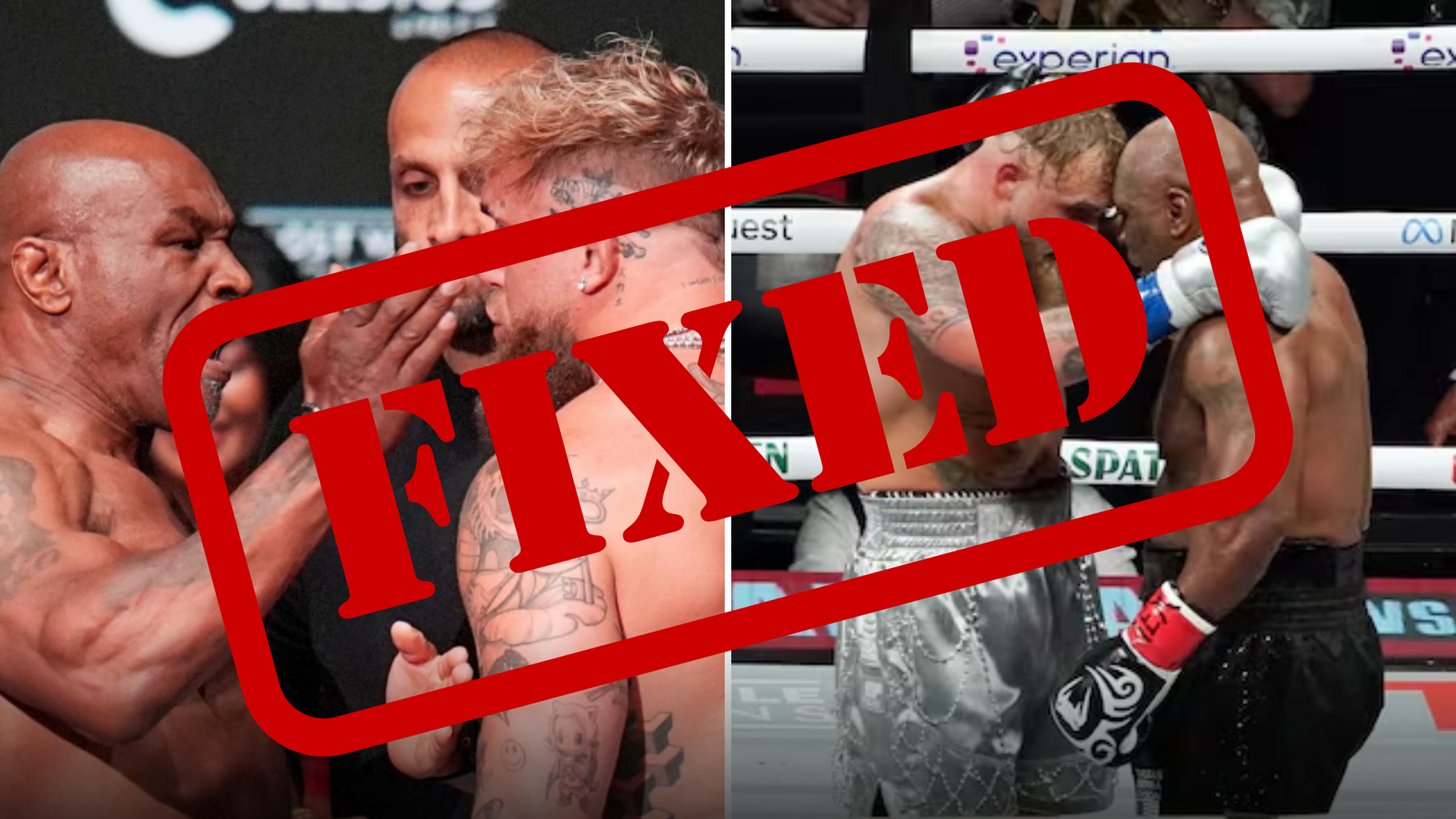Inside Australia's Gangland Wars: The Dilemma of Police Intervention
Australia is grappling with one of its bloodiest gangland wars, raising critical questions about the effectiveness and moral responsibilities of law enforcement. This blog explores the complexities surrounding organized crime, the impact of contract killings, and the delicate balance police must maintain between gathering evidence and protecting lives.
Australia's Bloodiest Gangland War
The current gangland war in Australia is characterized by extreme violence and a fierce struggle for control over the lucrative drug trade. This conflict has escalated to unprecedented levels, with individuals resorting to contract killings as a means to eliminate competition. The stakes are high, and the brutal reality is that those involved often face a "kill or be killed" scenario.
The Role of Street Crews
Street crews play a crucial role in the current gangland landscape. These groups are often comprised of younger individuals who are easily influenced and drawn into the world of organized crime. They carry out hits on behalf of larger crime syndicates, serving as the muscle for more established figures.
Acquiring the necessary tools for these operations involves a complex network. Street crews often rely on various sources, including old farmers for firearms or online marketplaces for assembling weapons. The process is both resourceful and alarming, demonstrating the lengths to which these crews will go to arm themselves.
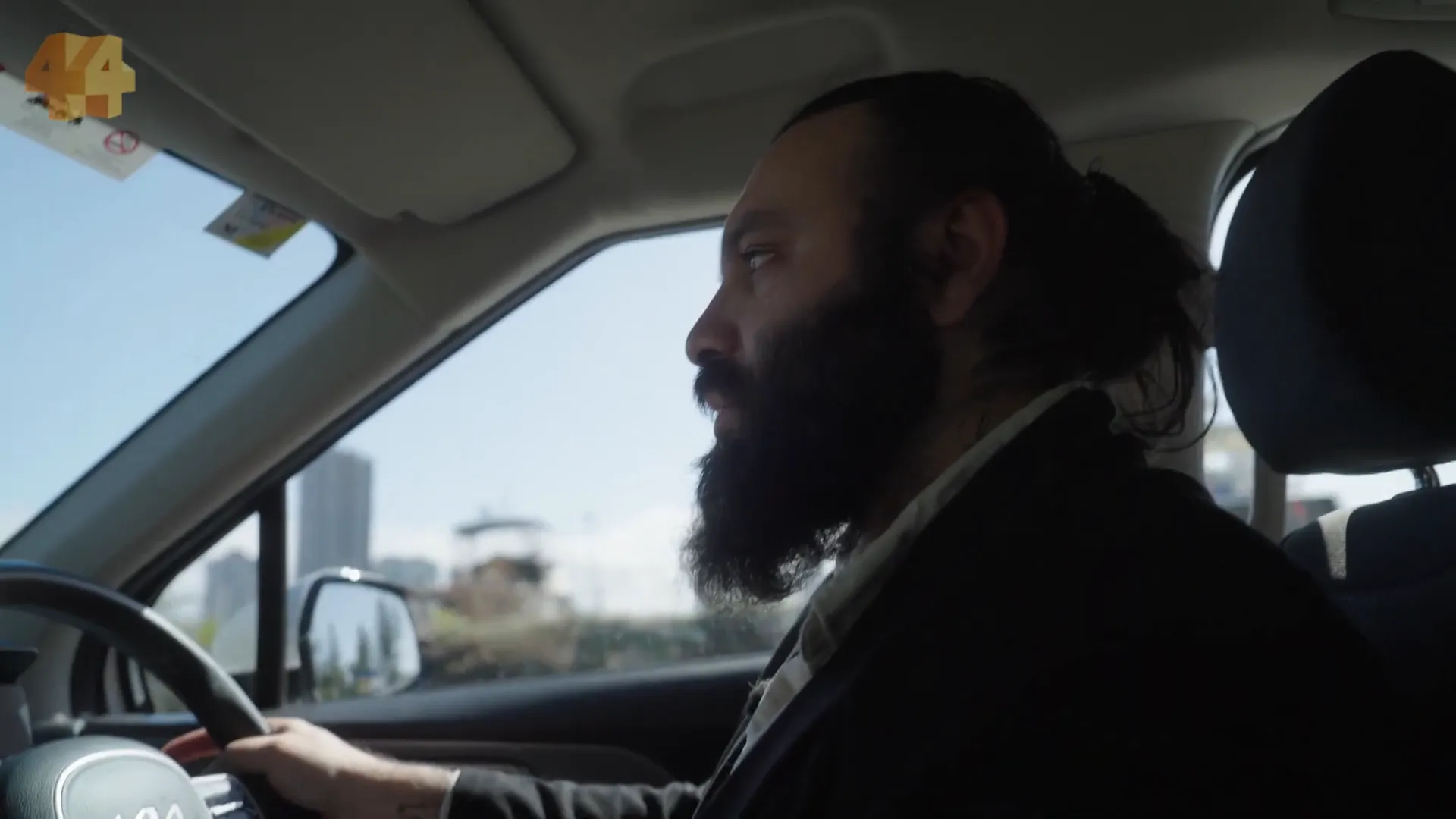
Understanding Contract Killings
Contract killings are typically executed by one or two individuals, often wearing hoods or balaclavas to conceal their identity. The misconception that these gunmen are always hardened criminals is widespread; in reality, they can often be individuals in desperate financial situations. The allure of earning hundreds of thousands of dollars can overshadow any moral considerations.
The operational logistics of a hit are meticulously planned. Crews will use multiple vehicles to evade law enforcement, often opting for inconspicuous cars after the job is done. The use of luxury cars for the hit itself is a deliberate choice, as they attract less attention in high-speed scenarios.
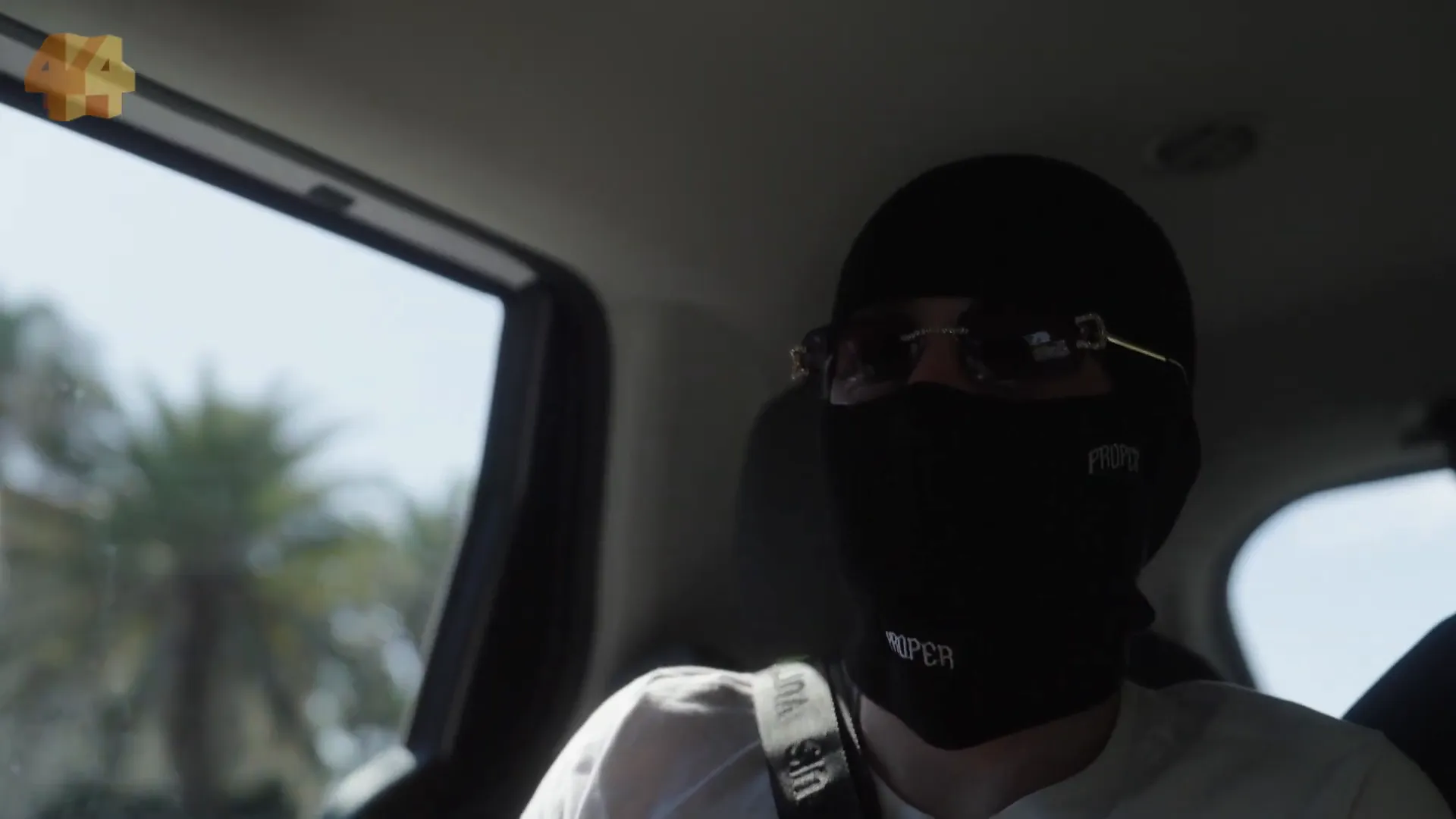
Tragic Innocent Victims
Amidst the chaos of gang violence, innocent lives are tragically lost. The story of Amneh El Hazouri, known as Amy, is a poignant example. Amy was an unwitting victim caught in the crossfire during a targeted shooting in Sydney. Her death highlights the grim reality that even those disconnected from the criminal world can become casualties in these violent confrontations.
The circumstances surrounding her death raise critical questions about the moral fabric of organized crime. There was once an unspoken rule among criminals: do not harm women or children. However, as the gangland conflict intensifies, this code appears to have been disregarded.
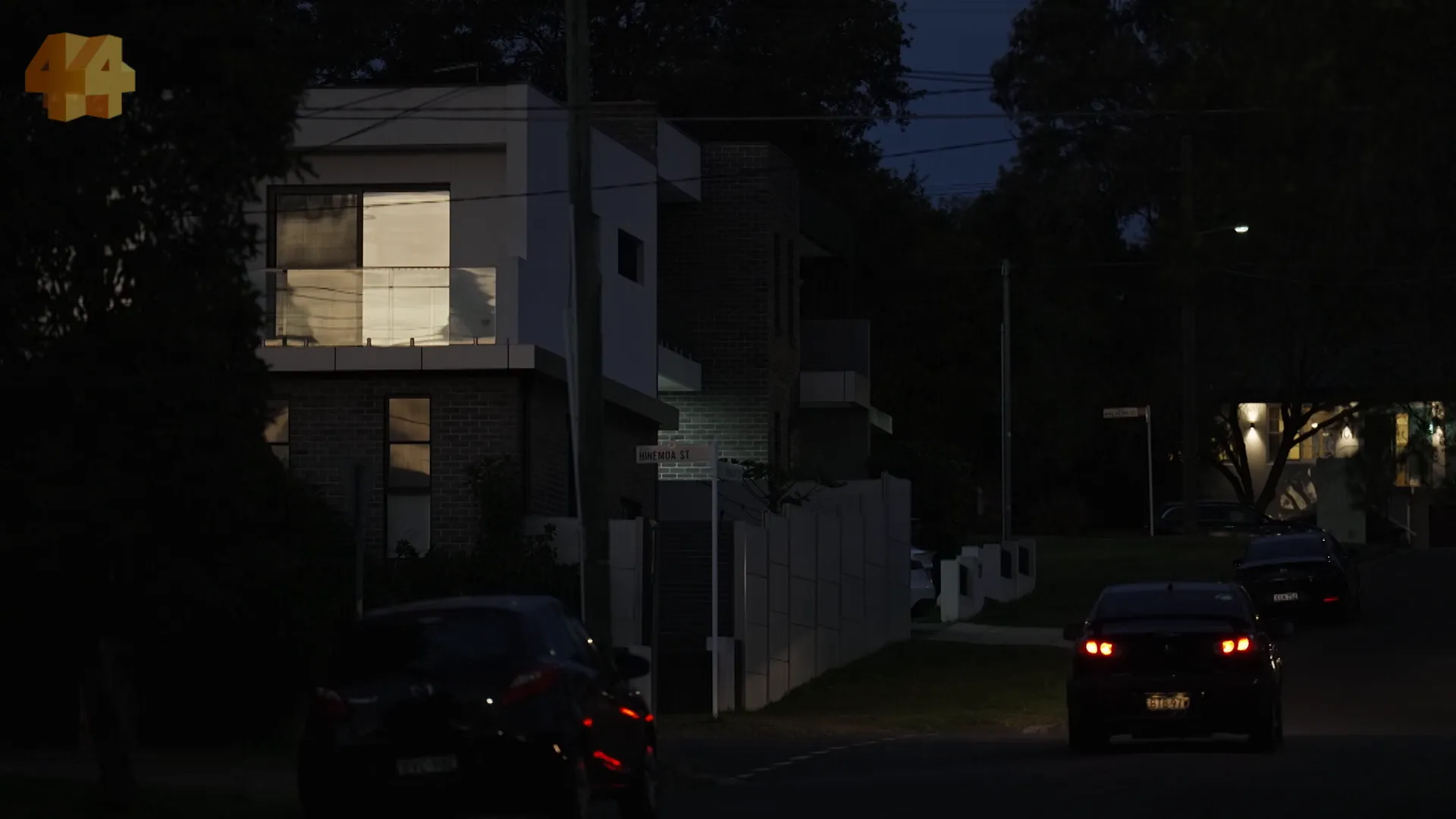
The Life and Death of Alen Moradian
Alen Moradian stands out as a pivotal figure in this ongoing saga. Regarded as one of the most dangerous gangsters in Australia, he has been linked to numerous murders and violent incidents. His connections and influence in the underworld have made him a target for rival gangs and law enforcement alike.
The investigation into Moradian's activities sheds light on the broader implications of police intervention in gangland affairs. As law enforcement agencies strive to dismantle organized crime, the question remains: are they doing enough to protect innocent lives caught in the crossfire?
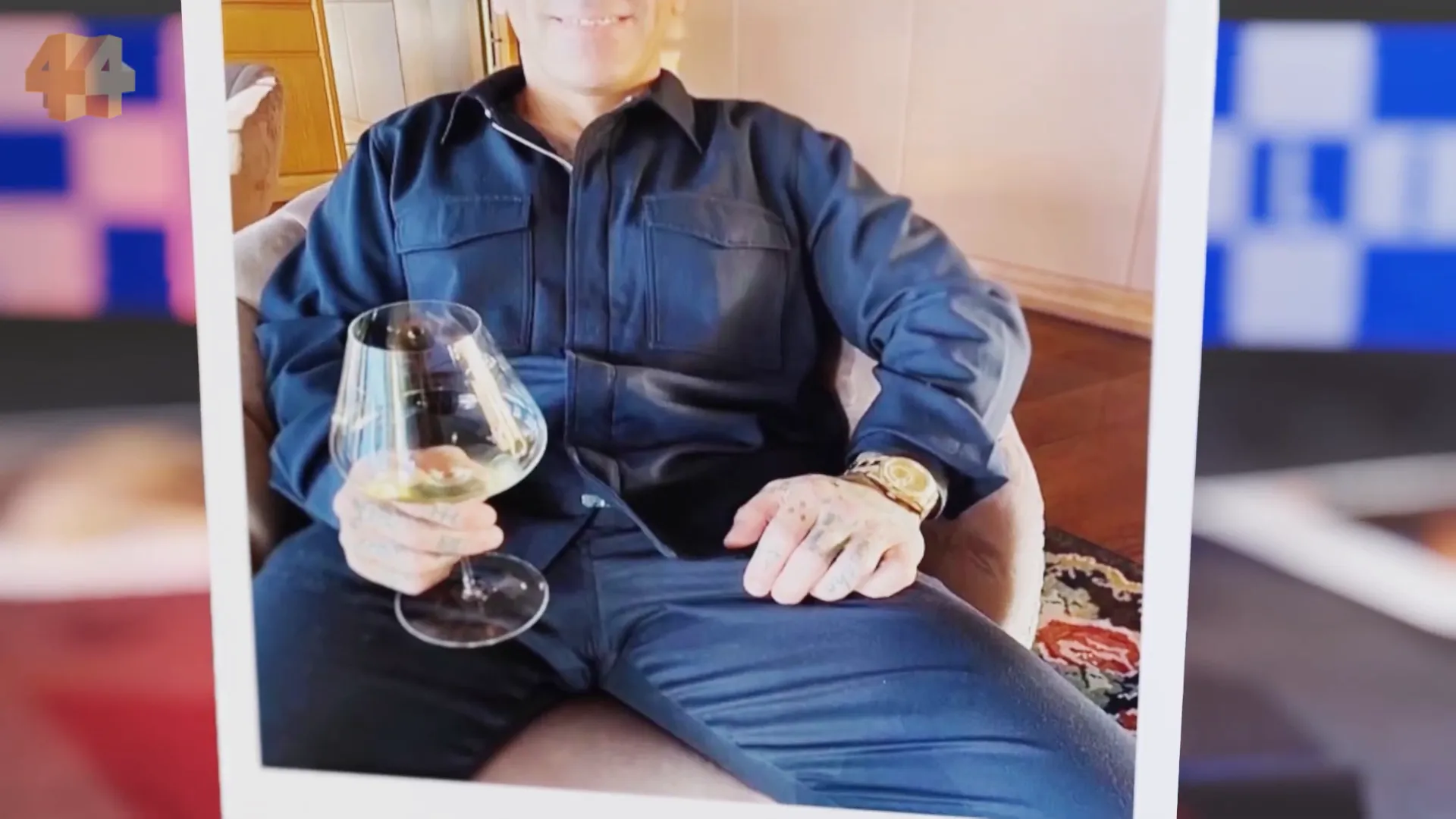
Murder in Bondi Junction
The underworld is shrouded in secrecy, and the murder of Alan Mouradian exemplifies the chilling reality of this life. In Bondi Junction, two young men in a Porsche stalked their target, waiting for the perfect moment to strike. As Mouradian entered his vehicle, the gunmen executed their plan with alarming precision.
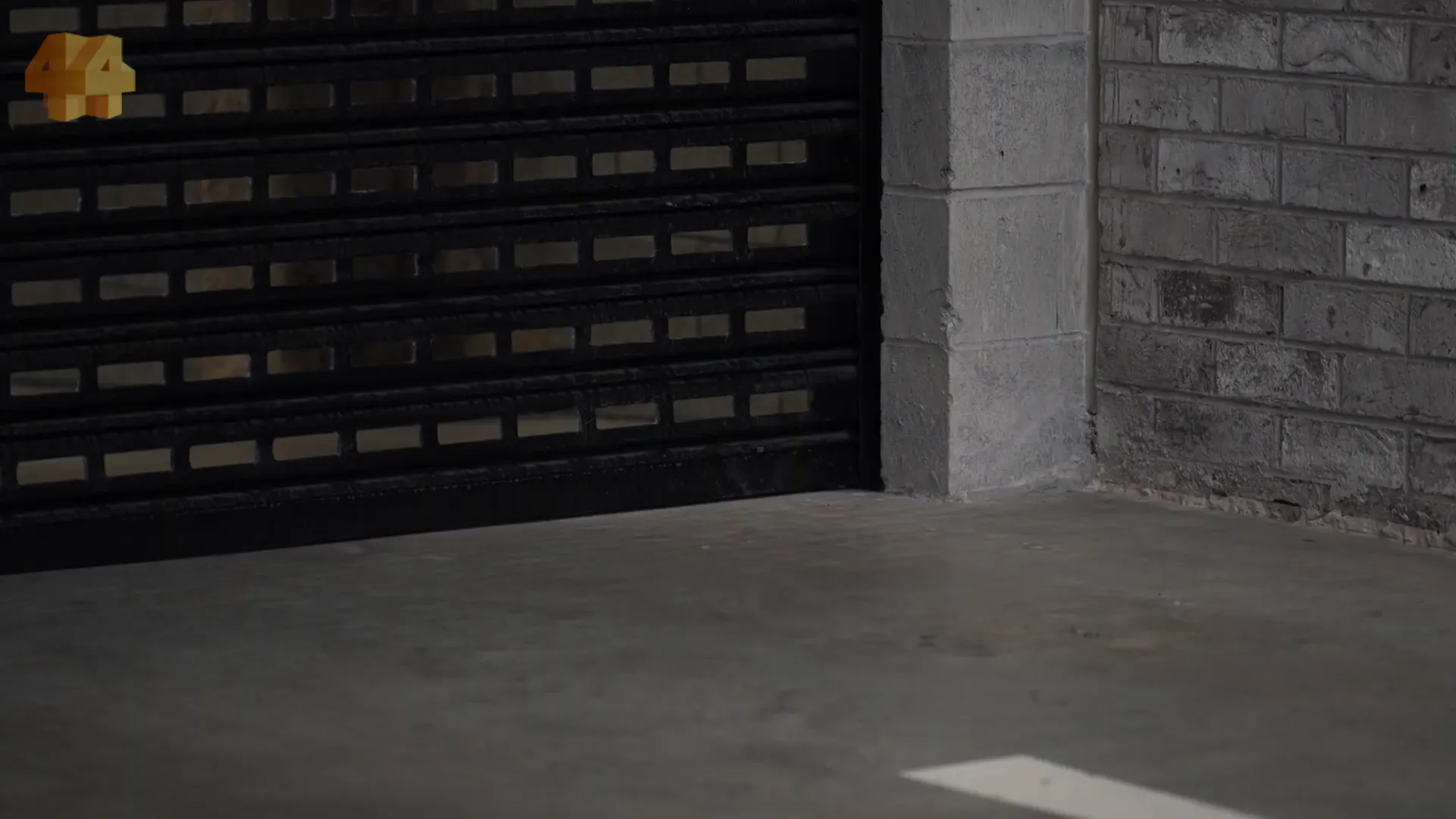
The meticulous execution of the hit—changing cars and burning them out—was a formula that had been perfected in the criminal underbelly. Mouradian's death sent shockwaves throughout the gangland, marking a significant shift in power dynamics.
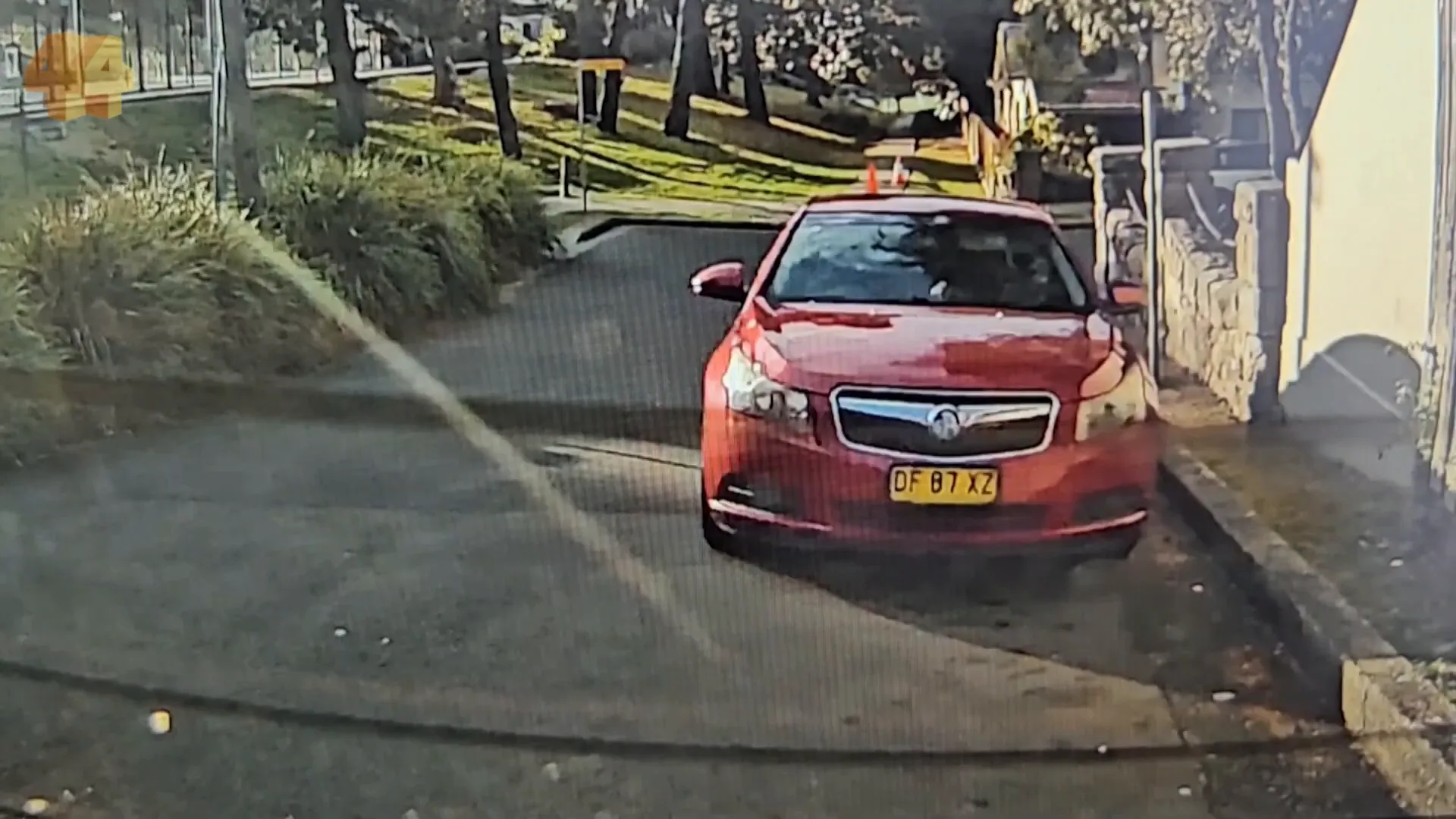
The Kill or Be Killed Mentality
The gangland atmosphere is defined by a stark reality: it’s kill or be killed. This mentality permeates every decision made within the criminal world. For many, the line between survival and demise blurs, leading to a ruthless cycle of violence.
Those who rise in the ranks often do so through intimidation and bloodshed. Mouradian was not just a player; he was a kingpin whose influence and connections spread across various criminal enterprises.
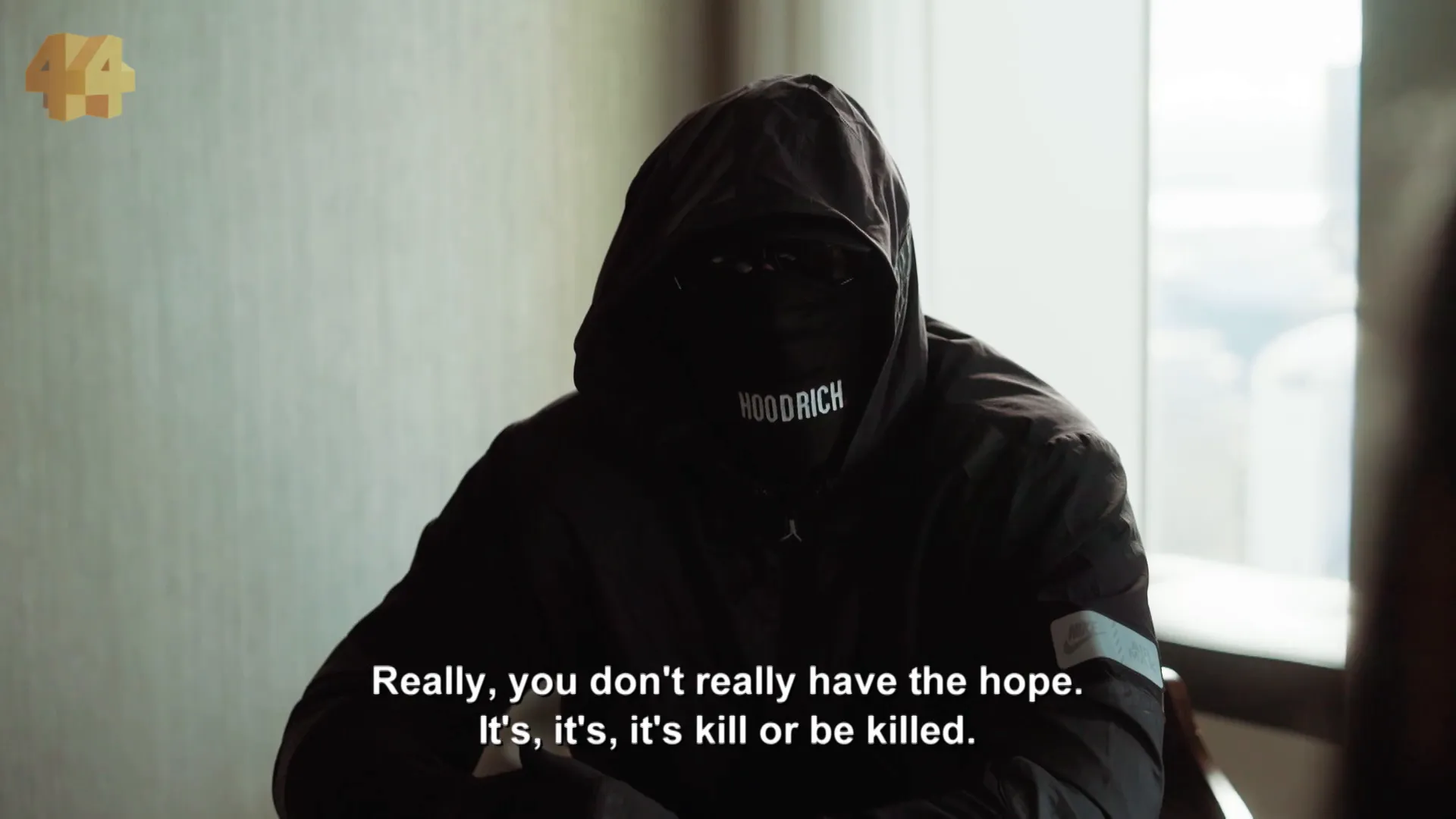
The Commission: Power and Control
At the heart of Mouradian's operations was a secretive alliance known as the Commission. This powerful group was established to exert control over the drug market in Australia, dictating prices and the flow of narcotics. Mouradian's role as the boss of the Commission solidified his status in the underworld.
The Commission operated much like a government, maintaining a precarious balance of power among rival factions. With Mouradian's demise, the stability of this organization crumbled, leading to chaos and further bloodshed.
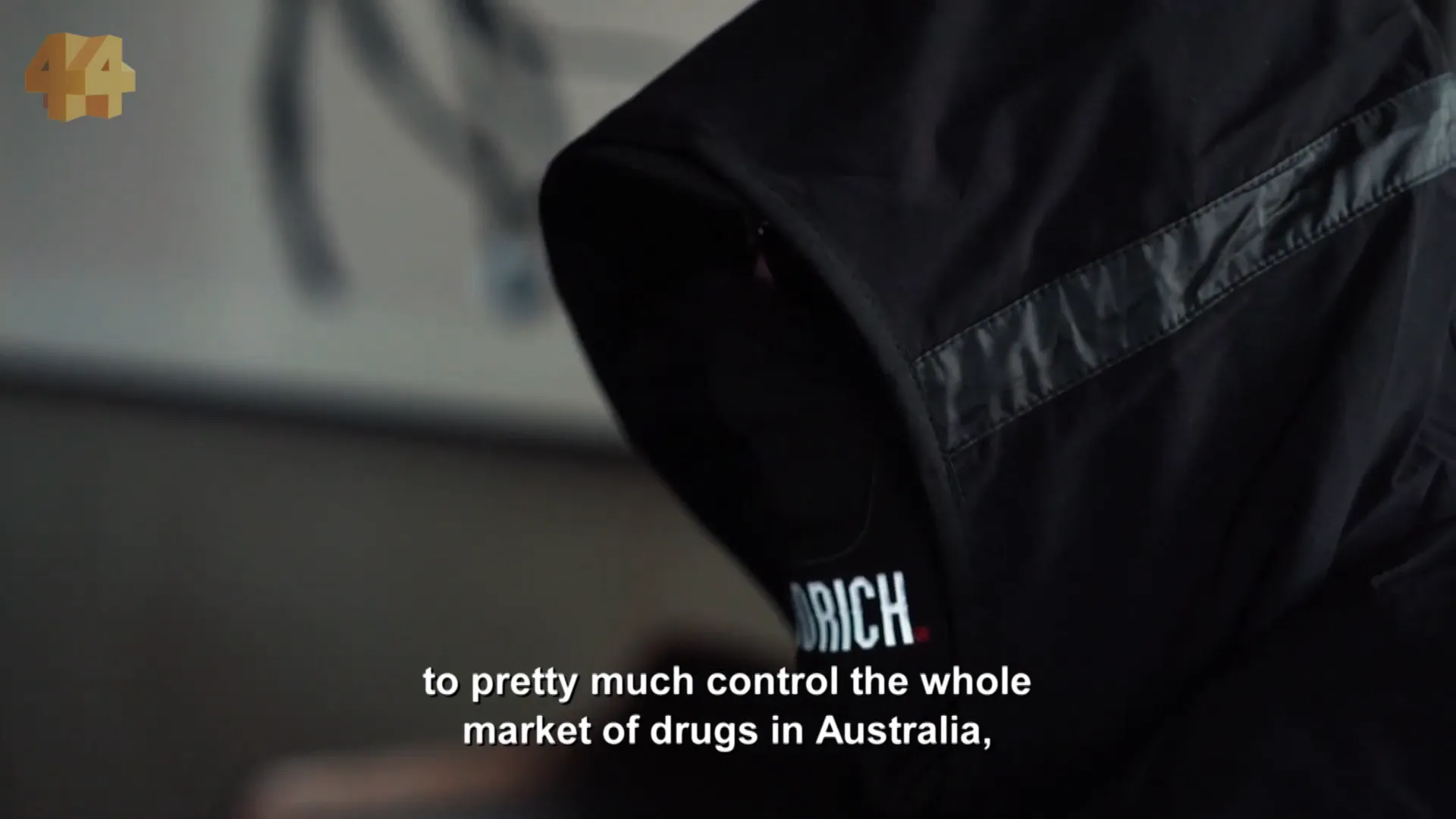
Police Surveillance Tactics
The investigation into Mouradian's murder revealed the extent of police surveillance tactics employed to monitor the criminal activities surrounding him. Electronic listening devices captured detailed conversations about the murder plot, showcasing the calculated nature of gang operations.
Despite the police's knowledge of these plans, the failure to prevent Mouradian's assassination raises pressing questions about law enforcement's role in gangland conflicts. Were they too slow to act, or did they allow the situation to escalate, hoping to gather more evidence?
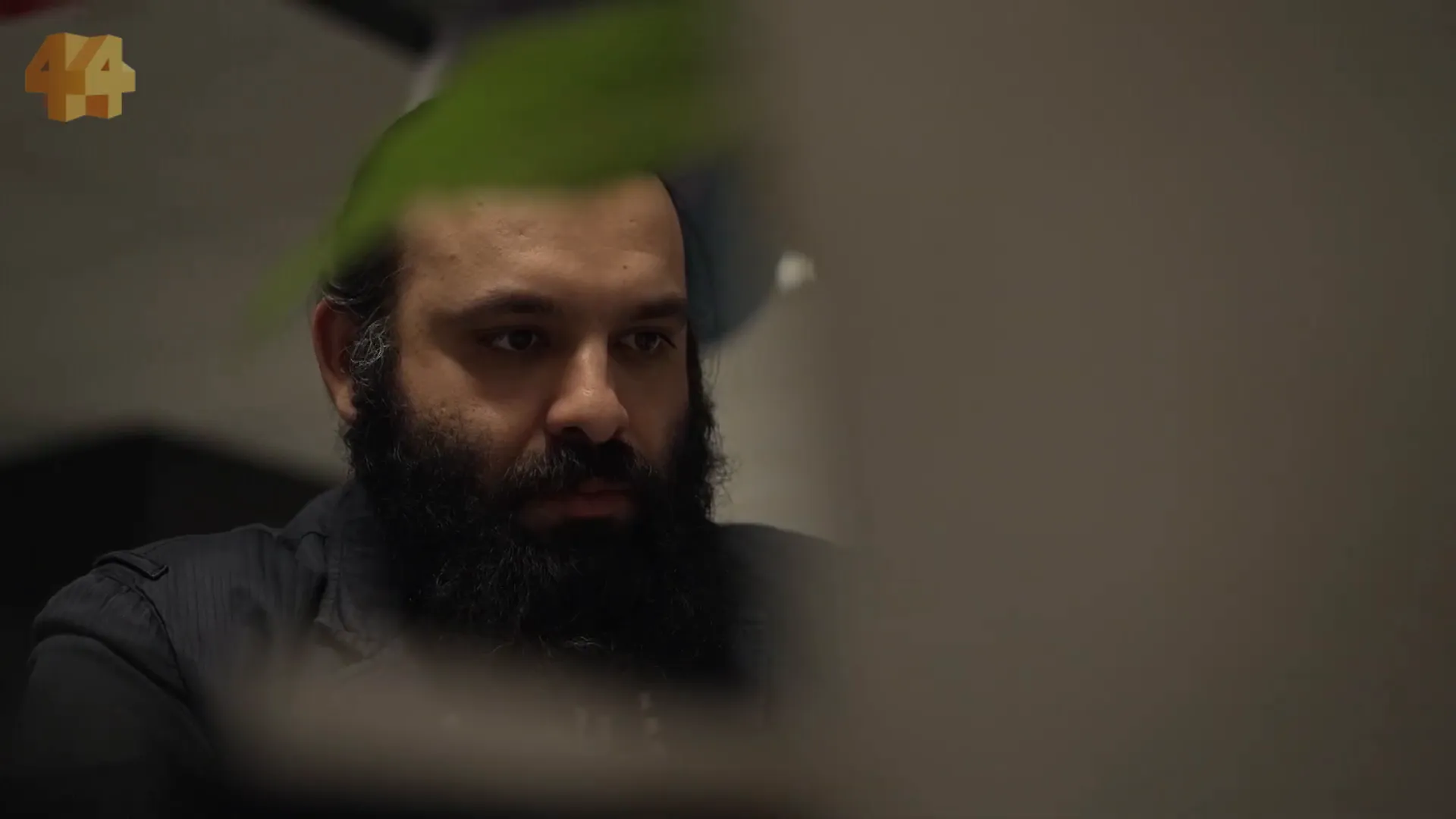
The Alleged Murder Plot
As the plot to murder Mouradian unfolded, police documented chilling conversations among gang members. The planning was intricate, involving discussions about tracking Mouradian's movements and even placing a GPS device on his wife’s car to gather intel.
The conversations revealed a chilling disregard for human life, where the pursuit of power and revenge overshadowed any moral reservations. It was a calculated effort, driven by fear and the desire for dominance within the criminal hierarchy.
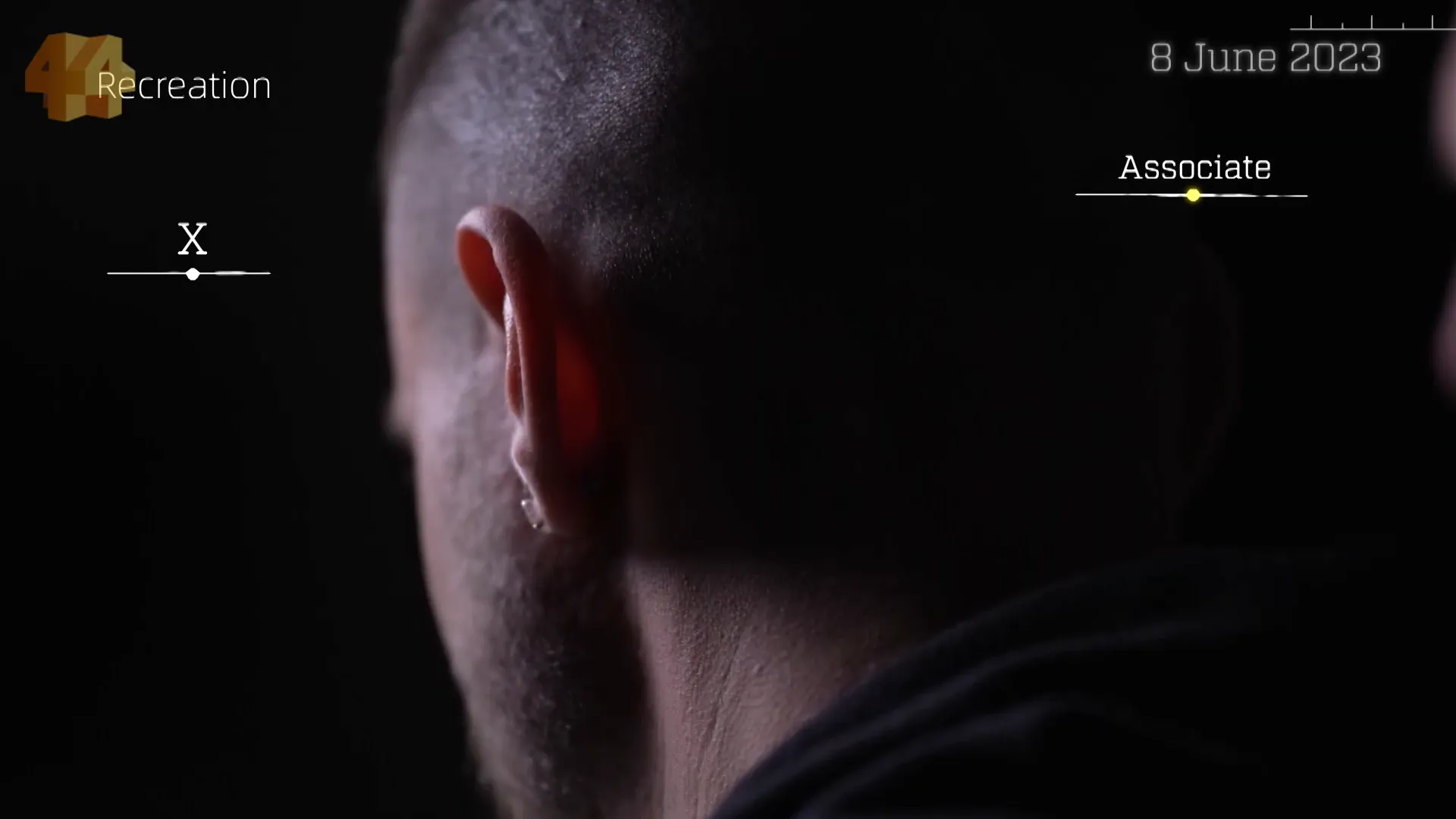
The aftermath of the murder showcased the immediate consequences of such actions. The suspects celebrated their success mere minutes after the hit, highlighting a disturbing normalization of violence within this world. The callous nature of their celebrations underscores the brutal reality of life in the gangland.
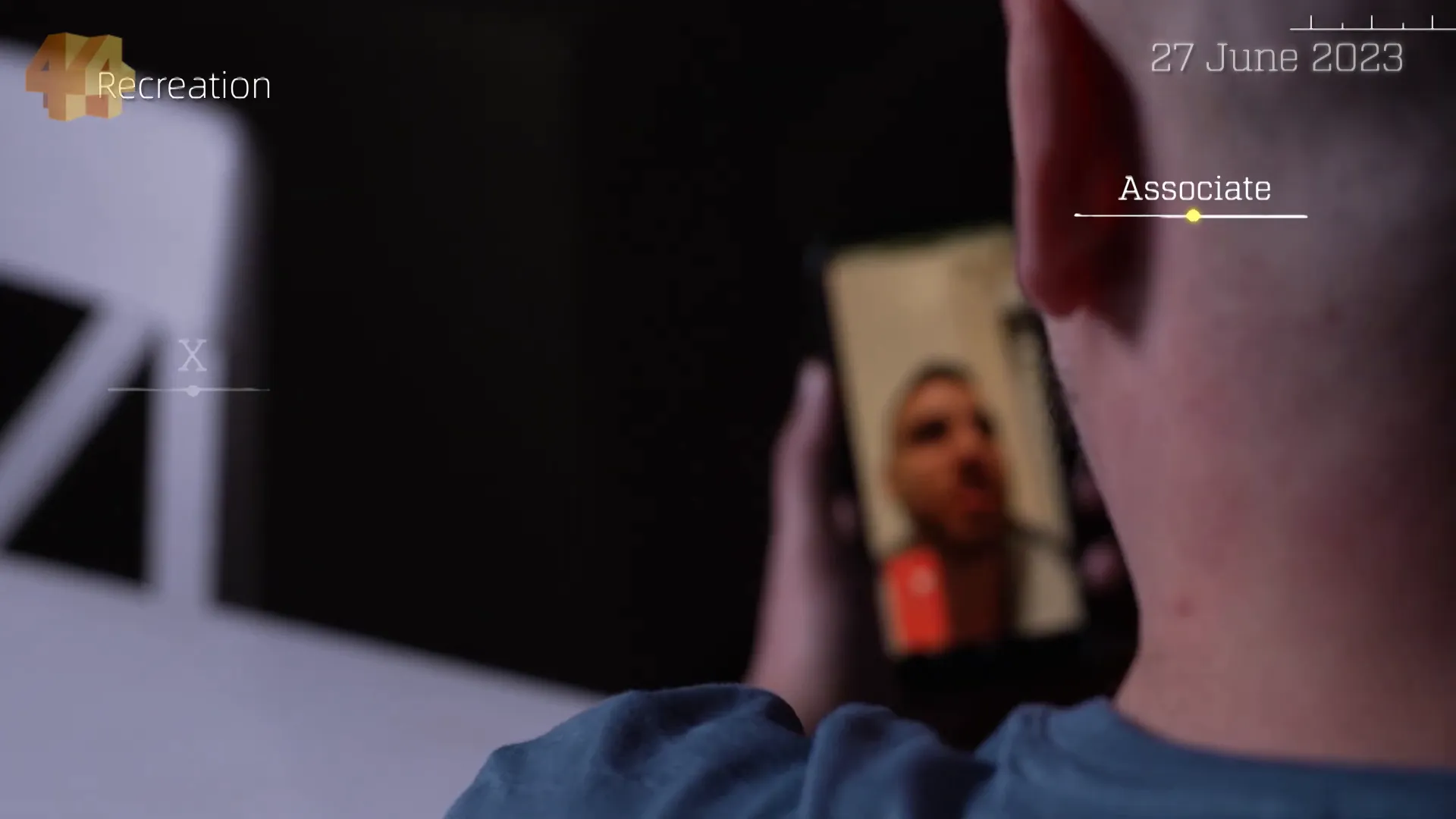
In the days following Mouradian's death, the cycle of violence continued unabated. Retribution became the name of the game, as those loyal to Mouradian sought vengeance against his killers. This ongoing cycle raises critical questions about the effectiveness of police intervention and the tragic collateral damage that ensues.
A Wave of Violence Unleashed
Meridian's assassination ignited a new wave of violence across the city. Reports emerged of shootings and attempted murders, indicating a rapid escalation in gang-related activity. Two men were injured during a shooting at a barbershop, while an alleged plot to kill another gangster outside a police station was narrowly thwarted.
This surge in violence also claimed the life of an innocent twenty-year-old, underscoring the indiscriminate nature of gangland retribution. The question looms large: why didn’t the police intervene sooner to prevent such tragedies?
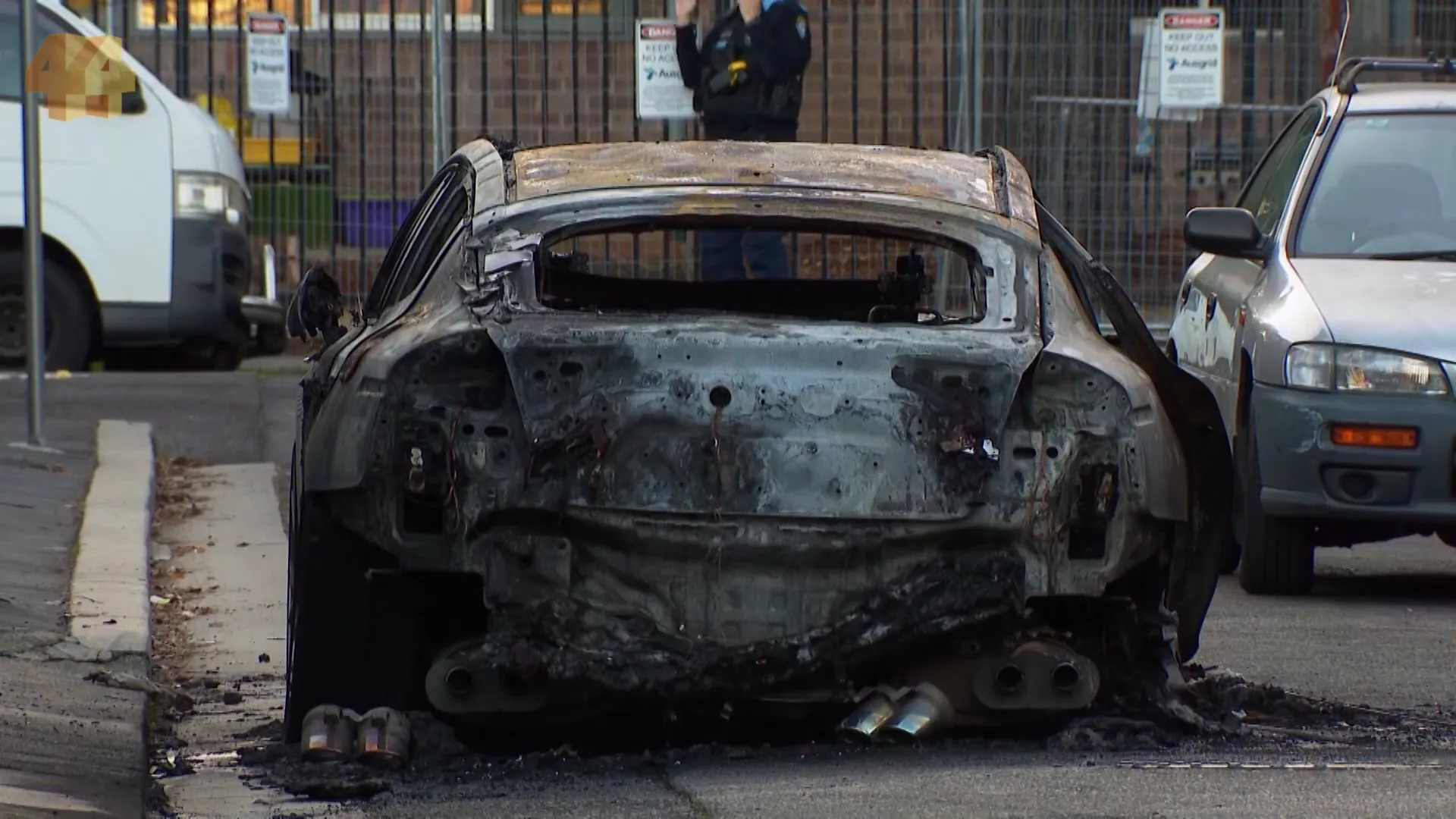
The Dilemma of Police Intervention
As violence spirals, the dilemma facing law enforcement becomes increasingly complex. Former New South Wales Supreme Court judge Anthony Weally highlights the clarity of the threat against Meridian weeks before his murder. Despite the apparent danger, police actions remain questionable.
Weally suggests that there may have been an operational strategy behind the decision to gather more evidence rather than act immediately. This raises critical concerns about the balance between protecting lives and the pursuit of evidence in organized crime investigations.
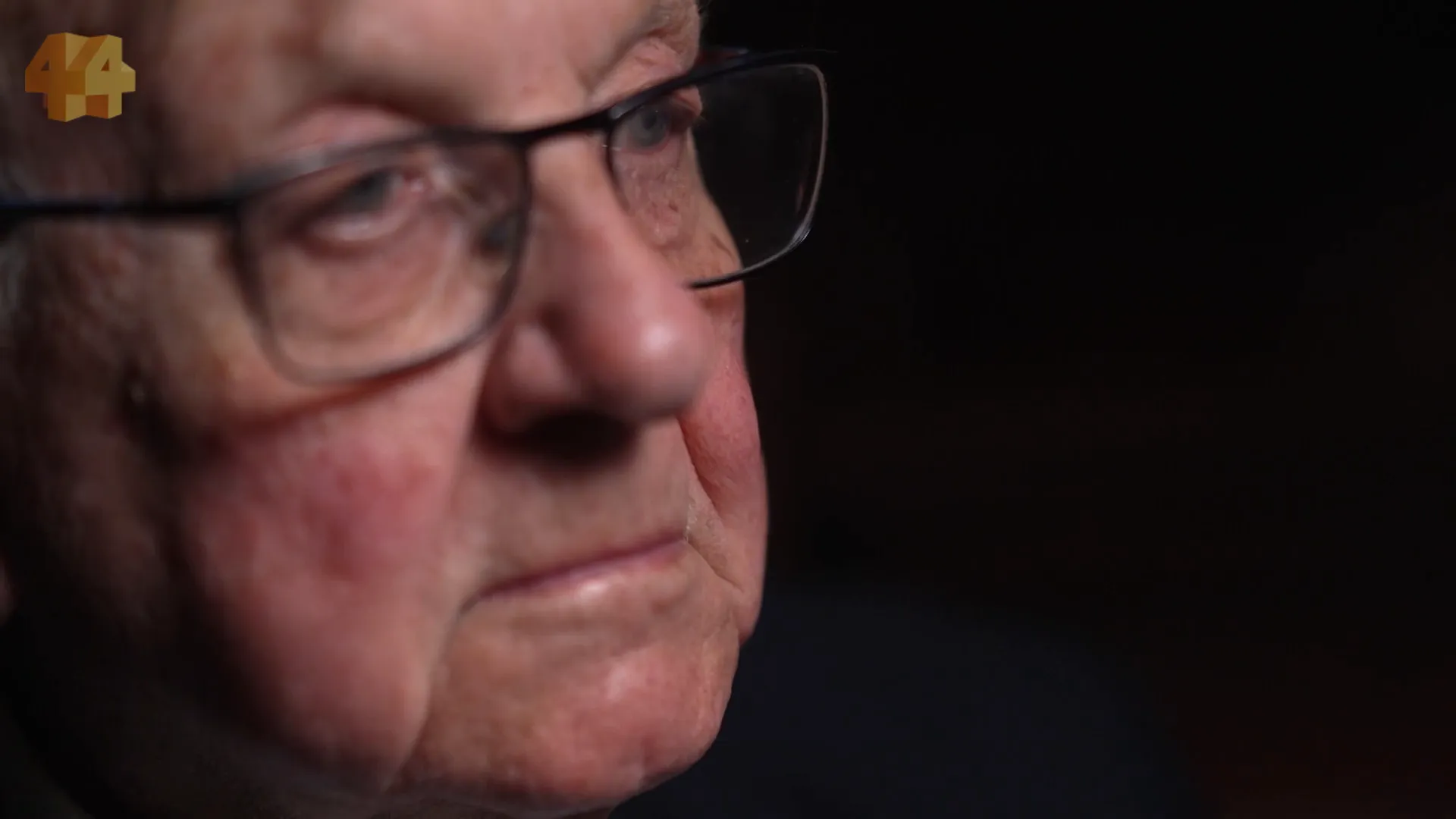
Police Raids and Their Impact
The effectiveness of police raids is often a double-edged sword. On one hand, they can disrupt criminal operations, but on the other, they can lead to retaliation and further violence. In the case of the Soltani crew, police had extensive intelligence and surveillance on their activities yet failed to act decisively when it mattered most.
Despite having gathered a significant amount of evidence against the crew, police chose to wait, allowing the gang to continue their violent agenda. This inaction ultimately resulted in more innocent lives being lost, raising questions about the protocols governing police operations.
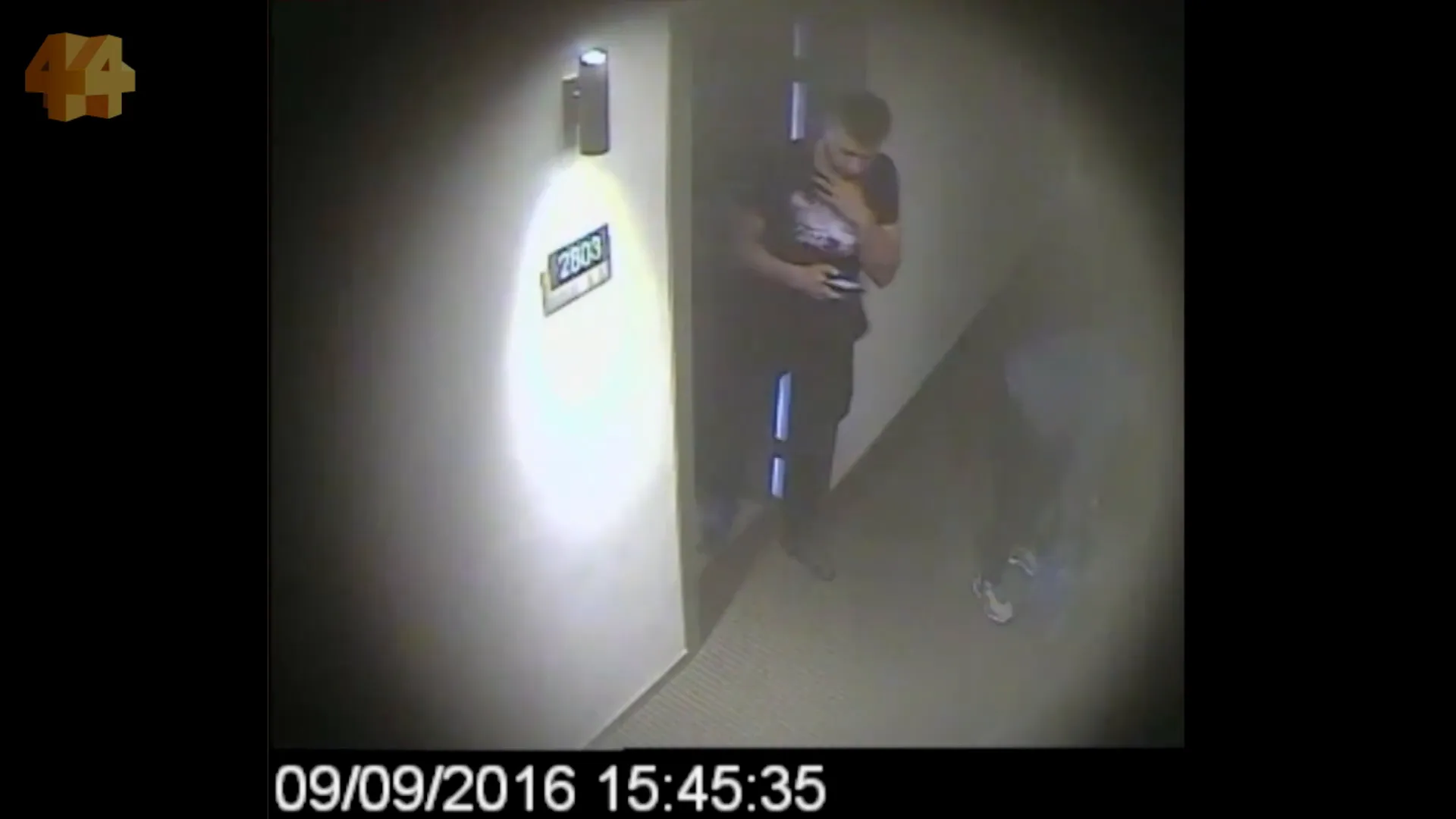
The Ambush: A Case Study
The ambush of small-time drug dealer Mehmet Yilmaz serves as a stark example of the consequences of police inaction. The Soltani crew, under police surveillance, executed a well-planned hit, demonstrating the failings of the law enforcement response. Despite being aware of the impending violence, police did not intervene, leading to tragic outcomes.
Witnesses reported seeing the crew prepare for the ambush with alarming precision. The question remains: why did police allow this to happen despite having the resources and intelligence to prevent it?
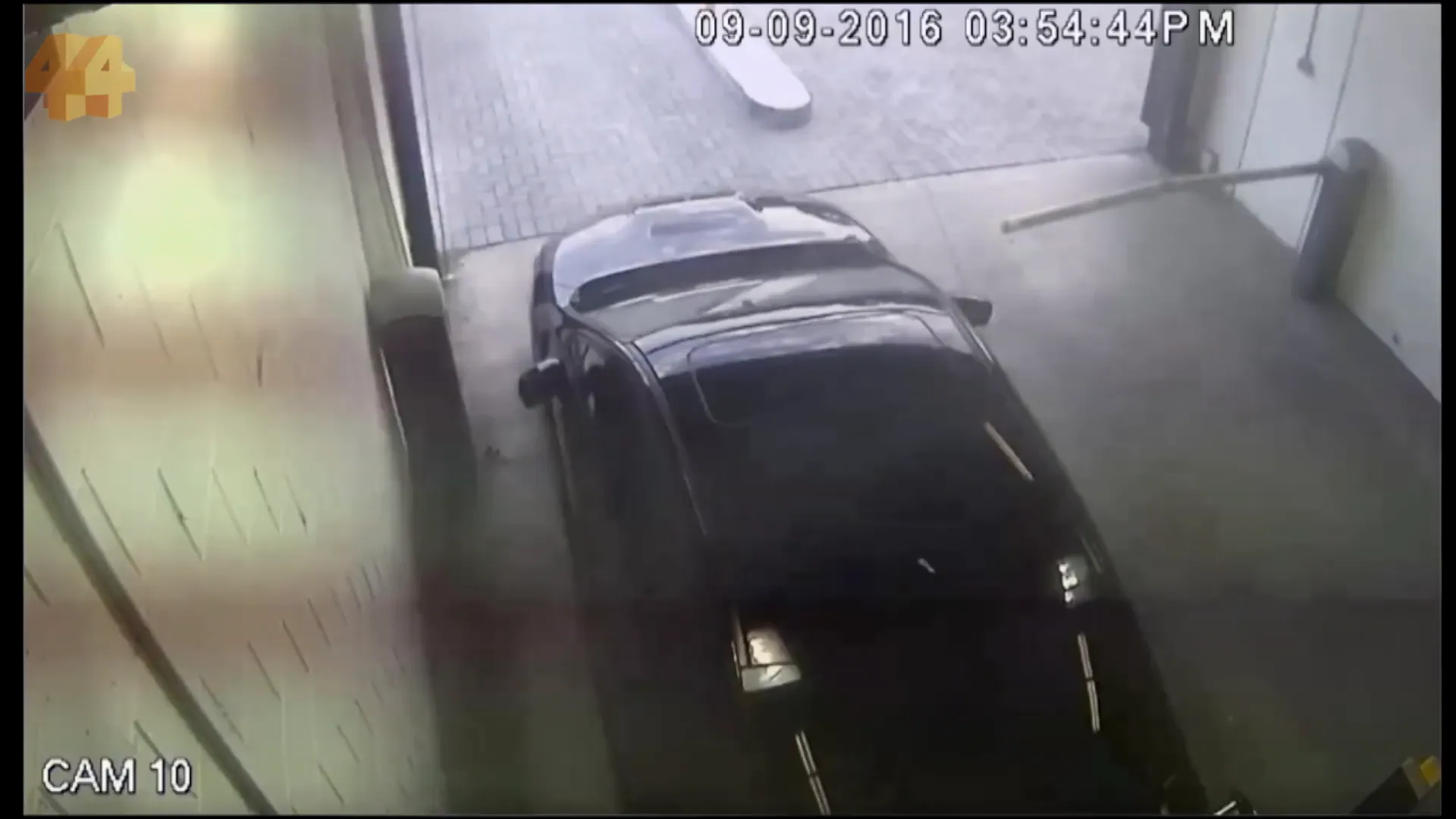
The Question of Police Responsibility
The responsibility of police to protect citizens is enshrined in law, yet the reality is often more complicated. In the wake of Meridian's death, the loss of innocent lives raises critical ethical questions about the role of law enforcement in gang conflicts. Critics argue that police must prioritize human life over the collection of evidence.
As the community grapples with these issues, calls for accountability grow. Former judge Weally emphasizes the need for clear guidelines to ensure that police actions align with their fundamental duty to protect life.
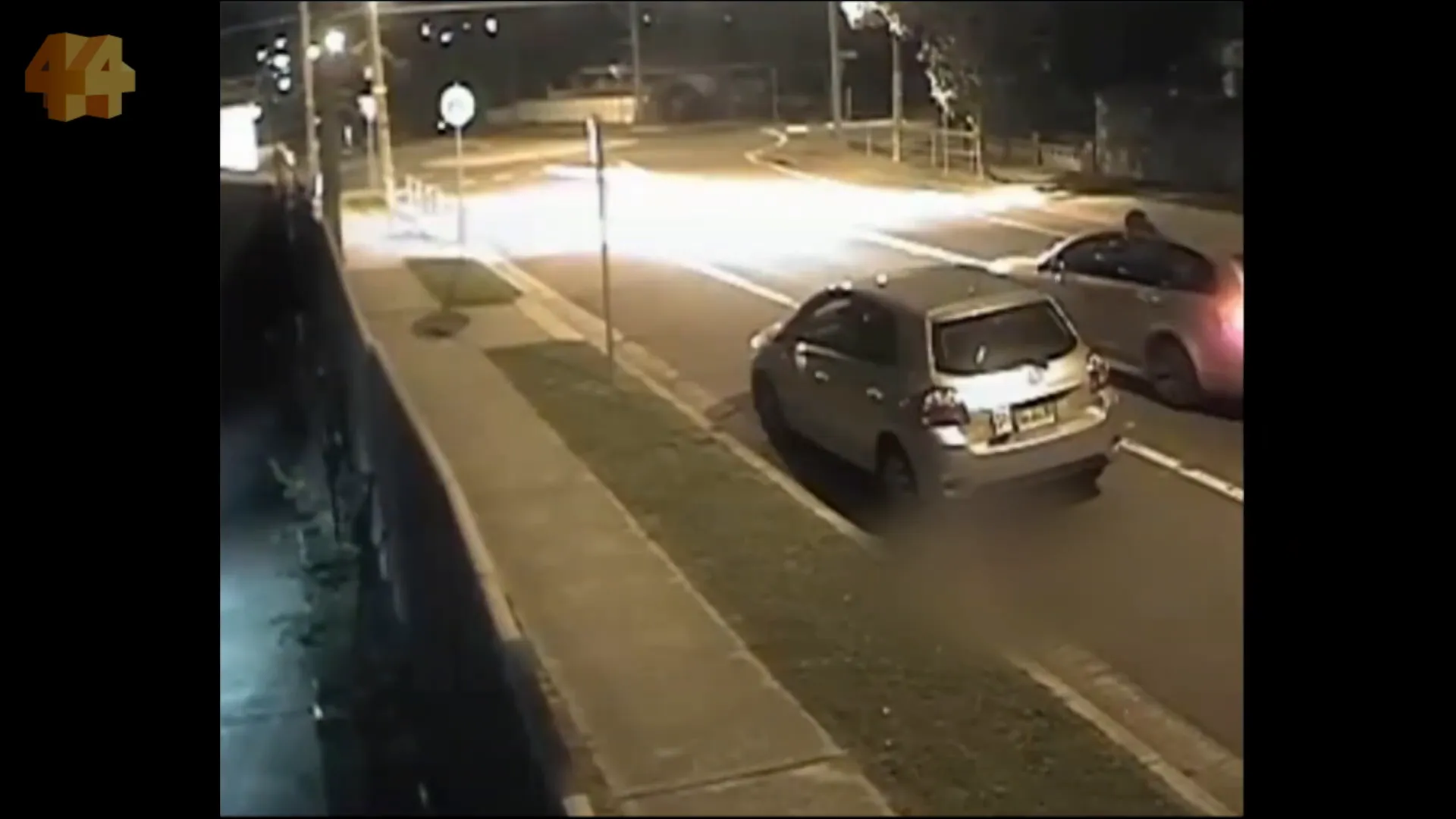
Conclusion: A Call for Change
The ongoing gangland violence in Australia underscores a critical need for reform within law enforcement strategies. The balance between gathering evidence and ensuring public safety must be reevaluated to prevent further loss of life. As the community seeks answers, it is clear that stronger protocols and a commitment to protecting all lives—regardless of their associations—are essential.
Ultimately, the question remains: how can police improve their response to threats in organized crime without compromising their investigative efforts? Addressing this issue is vital for restoring public trust and ensuring community safety.
Limited Time Offer
Become a Successful NDIS Provider
$689 $349
Use code EARLY349 at checkout
News Feed
